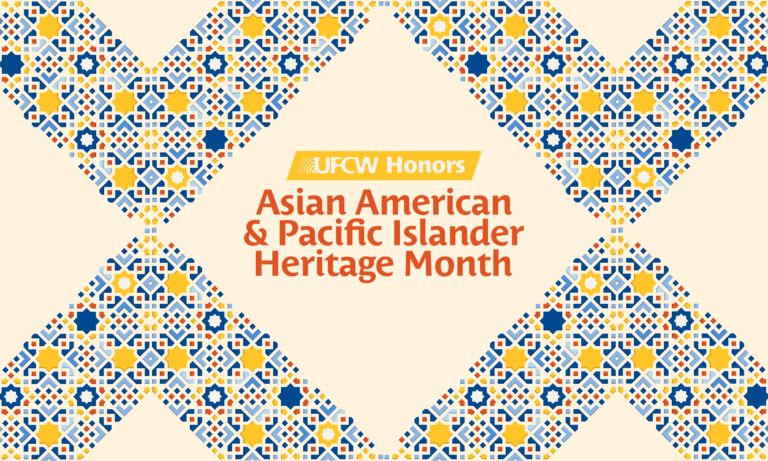
May marks Asian American and Pacific Islander Heritage Month, which celebrates the rich history and contributions of the AAPI community in the United States.
The origins of this celebration date back to 1977, when Representative Frank Horton of New York and Senator Daniel Inouye of Hawaii introduced resolutions to proclaim a week in May as Pacific/Asian American Heritage Week. When neither of these resolutions passed, Representative Horton introduced a similar resolution in 1978, which was passed by the House and Senate and signed into law by President Jimmy Carter that same year. In 1992, Congress designated the month of May as Asian/Pacific American Heritage Month to commemorate the arrival of the first Japanese immigrants to the U.S. on May 7, 1843, and the completion of the transcontinental railroad on May 10, 1869.
Emerging from a history of legalized exclusion—ranging from barriers to entering the U.S. to restrictions from participating in acts like owning land—the role Asian Americans and Pacific Islanders have played in labor history is an important one. Labor heroes like Philip Vera Cruz, a Filipino labor organizer instrumental in the formation of the United Farm Workers Union, and Gene Viernes and Silme Domingo, who co founded the Alaska Cannery Workers Association, were instrumental in building an AAPI labor alliance and helped move towards an era where there are now more than 600,000 AAPI union members across the country.
The myth that Asian Americans represent the model minority also covers up significant racial and pay disparities. Asian American and Pacific Islander women are paid 85 cents for every dollar paid to white men, and May 3 marks the day when Asian American, Native Hawaiian, and Pacific Islander women’s earnings finally catch up to what white, non-Hispanic men made in 2021 for doing the same work.
UFCW not only pays tribute to the culture and history of Asian Americans and Pacific Islanders but also recognizes their impact on the labor movement and the nation as a whole. We must now recommit to fight the surge of anti-Asian hate crimes and other incidents around bias, xenophobia, and harassment that surfaced throughout the COVID-19 global pandemic.
Celebrate AAPI Heritage Month by learning more about trailblazers and leaders who have left an undeniable mark on the labor movement:
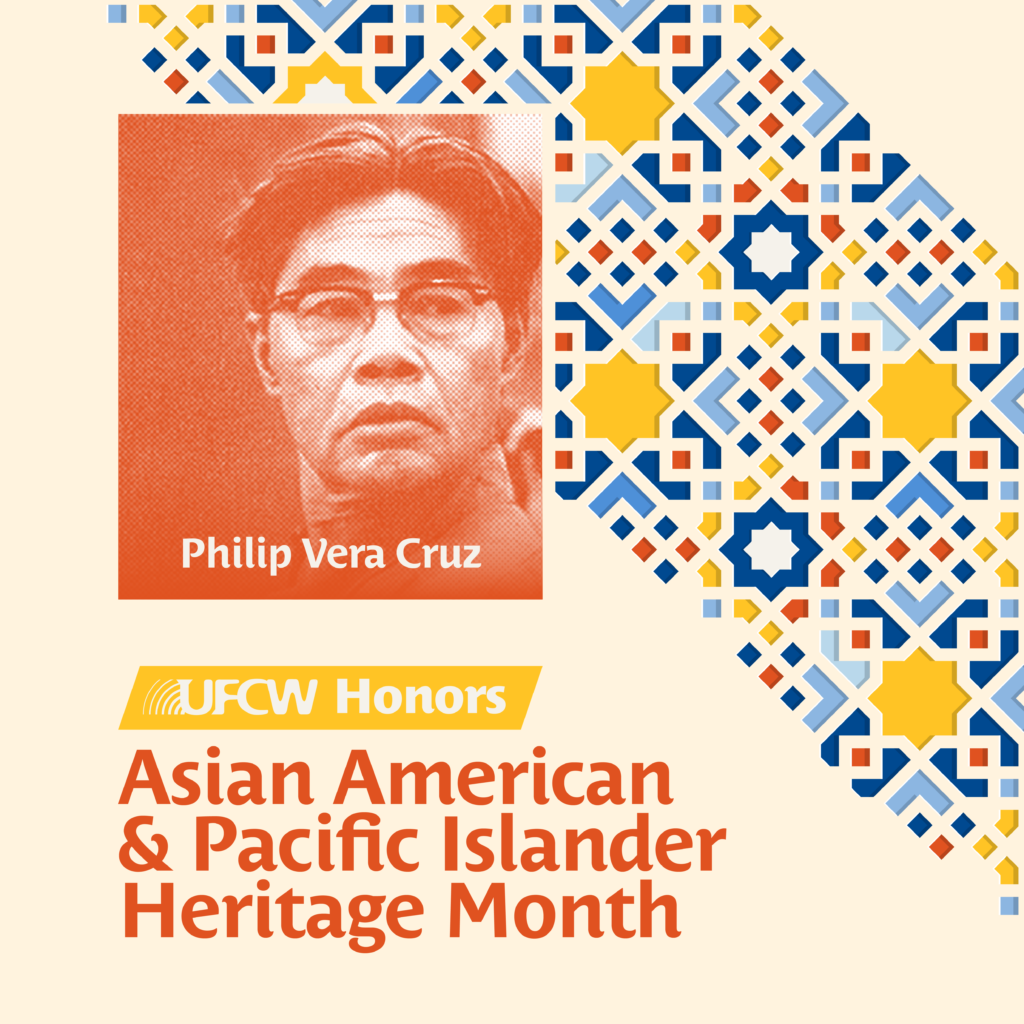
Philip Vera Cruz
Vera Cruz was a Filipino American and a labor rights activist who led many social justice initiatives for agricultural workers. After immigrating from the Philippines, Vera Cruz worked as a farmworker picking grapes, lettuce, and asparagus in Delano, Central Valley, CA, where he faced difficult working conditions that led him to join the Agricultural Worker Organizing Committee (AWOC), where he emerged as a leader in farmworkers’ rights.
In 1965, Vera Cruz and others began the Delano Grape Strike demanding a pay increase from the company. As the five-year strike gained national and international support, AWOC was backed by the National Farm Workers of America, which led to the eventual merging of the two groups to form the United Farm Workers (UFW) under Cesar Chavez, with Philip Vera Cruz as its vice-president and highest-ranking Filipino officer. By 1970, the UFW won a contract with major grape growers across California.
After his tenure as Vice President ended in 1977, he helped to found the Farm Workers Credit Union and the Agbayani Village, a retirement home for farmworkers.1
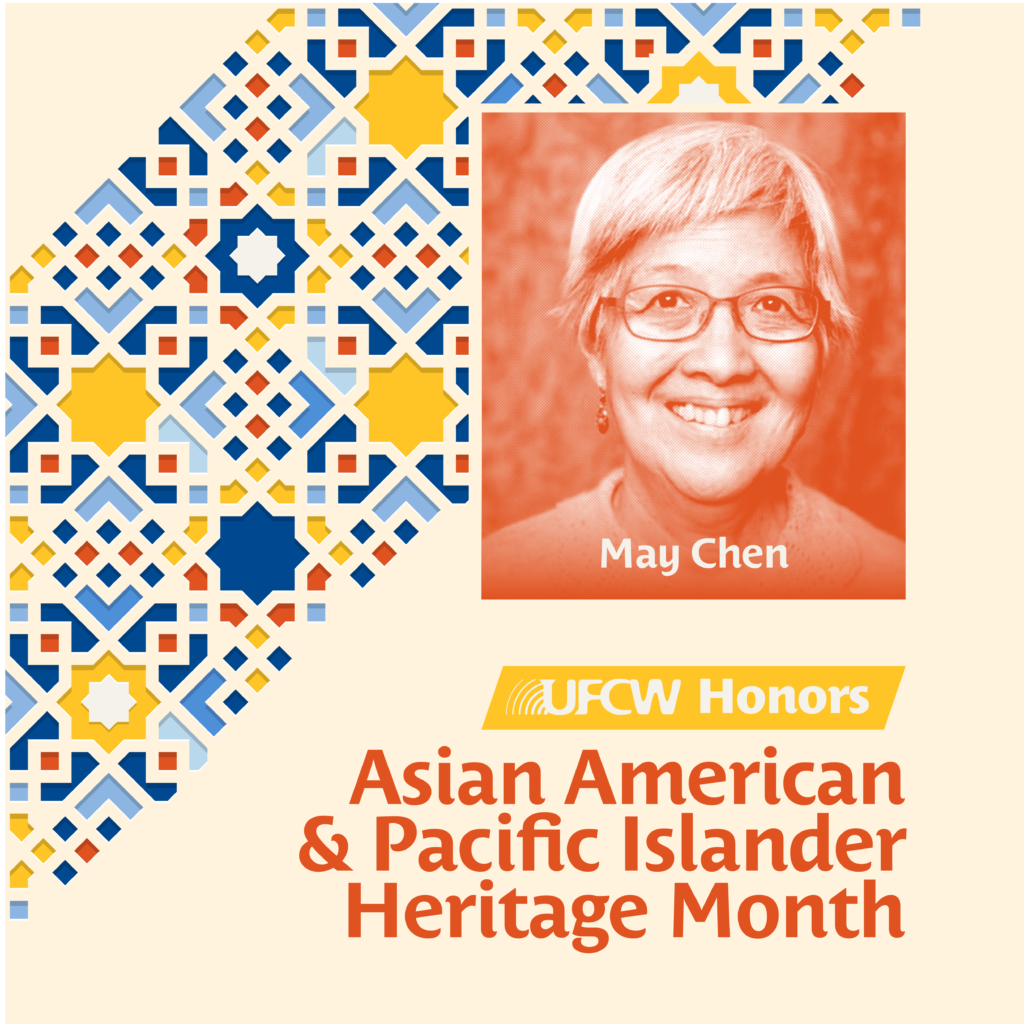
May Chen
Chen is a labor organizer and an advocate for immigrant workers. In 1982, she led the New York Chinatown garment workers’ strike with about 20,000 factory workers – predominantly Chinese immigrant women – marching the streets of New York City demanding work contracts.2 Within a few days, employers agreed to sign the union contract, marking a major win for Chinatown’s garment workers.3 Following the strike, Chen would become the legal assistant and educational director of the International Ladies Garment Workers Union (ILGWU), contributing to Chinatown’s activism for the next several decades.
Along with other members of the ILGWU, Chen also co-founded the Asian Pacific American Labor Alliance, the first national organization for Asian Pacific American union members. Before retiring in 2009, she served as international vice president of UNITE HERE.4
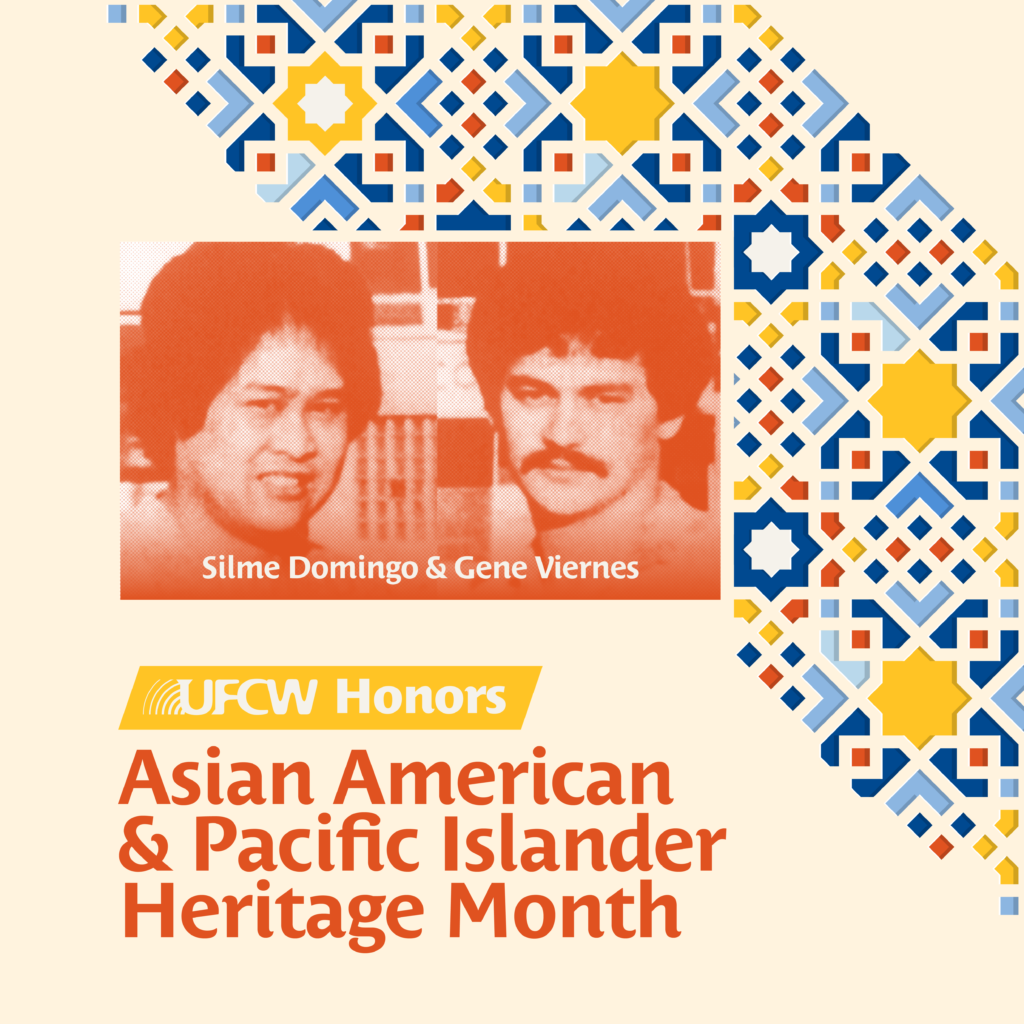
Silme Domingo and Gene Viernes
Silme Domingo and Gene Viernes were second-generation Filipino Americans and pioneering union reformers. As members of Local 37 of the International Longshoremen’s and Warehousemen’s Union in Alaska, they formed the Alaska Cannery Workers’ Association (ACWA) where they shed light on racism within the local office and cannery companies. The ACWA helped workers file and win class action lawsuits against the Alaska canneries charging discriminatory practices in employment.5
Domingo and Viernes also ran for election as officers in the local and fought against the local’s corruption and favoritism. They also pushed for reforms to strengthen ties between the ILWU rank and file workers and a labor movement in the Philippines fighting against the dictatorial regime of Ferdinand Marcos.
On June 1, 1981, the two reform-minded leaders were assassinated by their own Local 37 president and two other men in broad daylight while working at their union hall in Seattle, WA. The president was ultimately arrested for their murders due to the victims’ families years long campaign to bring the perpetrators to justice.6
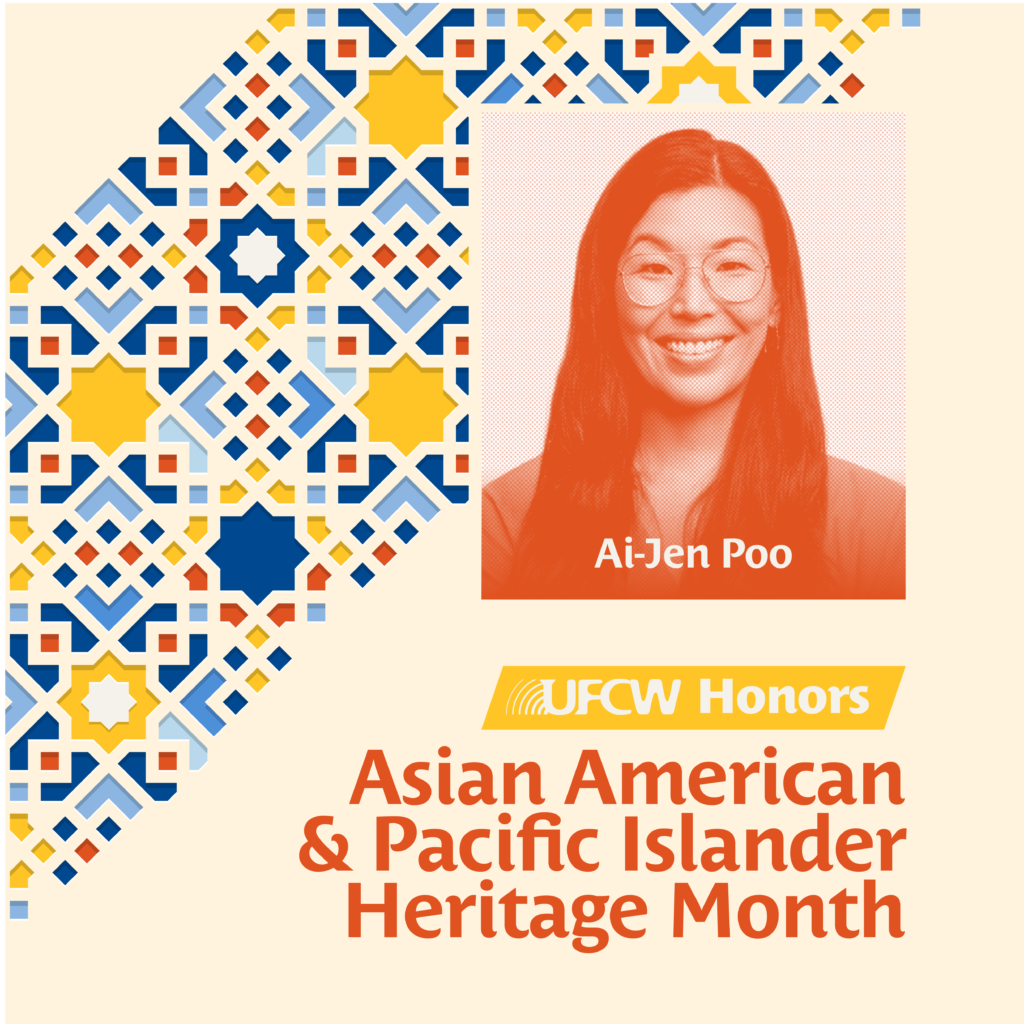
Ai-Jen Poo
Ai-jen Poo is a labor activist and current president of the National Domestic Workers Alliance. Poo began organizing domestic workers in 1996 and co-founded Domestic Workers United (DWU), a New York City-wide, multiracial organization of domestic workers. In 2010, the organization led the way to the passage of the nation’s first Domestic Workers Bill of Rights, a historic legislation that guaranteed domestic workers labor protections in New York state.7
Since the legislation’s passage, “the National Domestic Workers Alliance has passed Domestic Worker Bills of Rights in 10 states, the cities of Seattle and Philadelphia, and brought over 2 million home care workers under minimum wage protections.”8
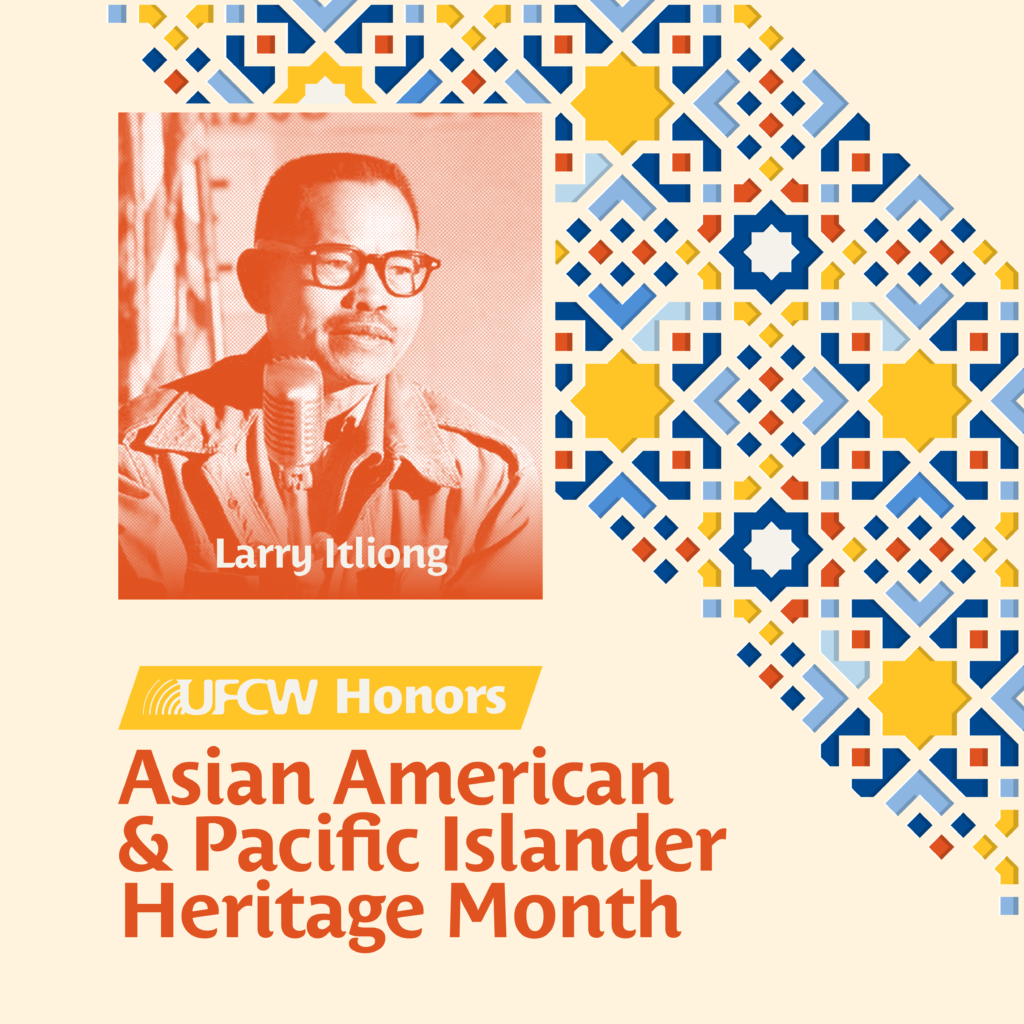
Larry Itliong
Larry Itliong was a Filipino American labor leader who worked as a laborer and farmworker on the west coast, particularly in California. After experiencing first hand the way Filipinos and immigrants were mistreated and underpaid, Itliong dedicated his life to advancing farmworkers rights.
In the late 1950s, he founded the Filipino Farm Labor Union and the Agricultural Workers Organizing Committee (AWOC). Itliong later organized a group of Filipinos to strike against grape growers in Delano joining forces with the Mexican-dominated National Farm Workers Association (NFWA) led by Cesar Chavez and Dolores Huerta. AWOC and NFWA later merged together to create the United Farm Workers Union (UFW), with Cesar Chavez as director and Larry Itliong as assistant director. “The Delano grape strike lasted for five years and became one of the most pivotal labor movements in the history of the United States.”
Itliong continued his commitment to labor by organizing with the UFW and the Filipino American Political Alliance until his death in 1977.9
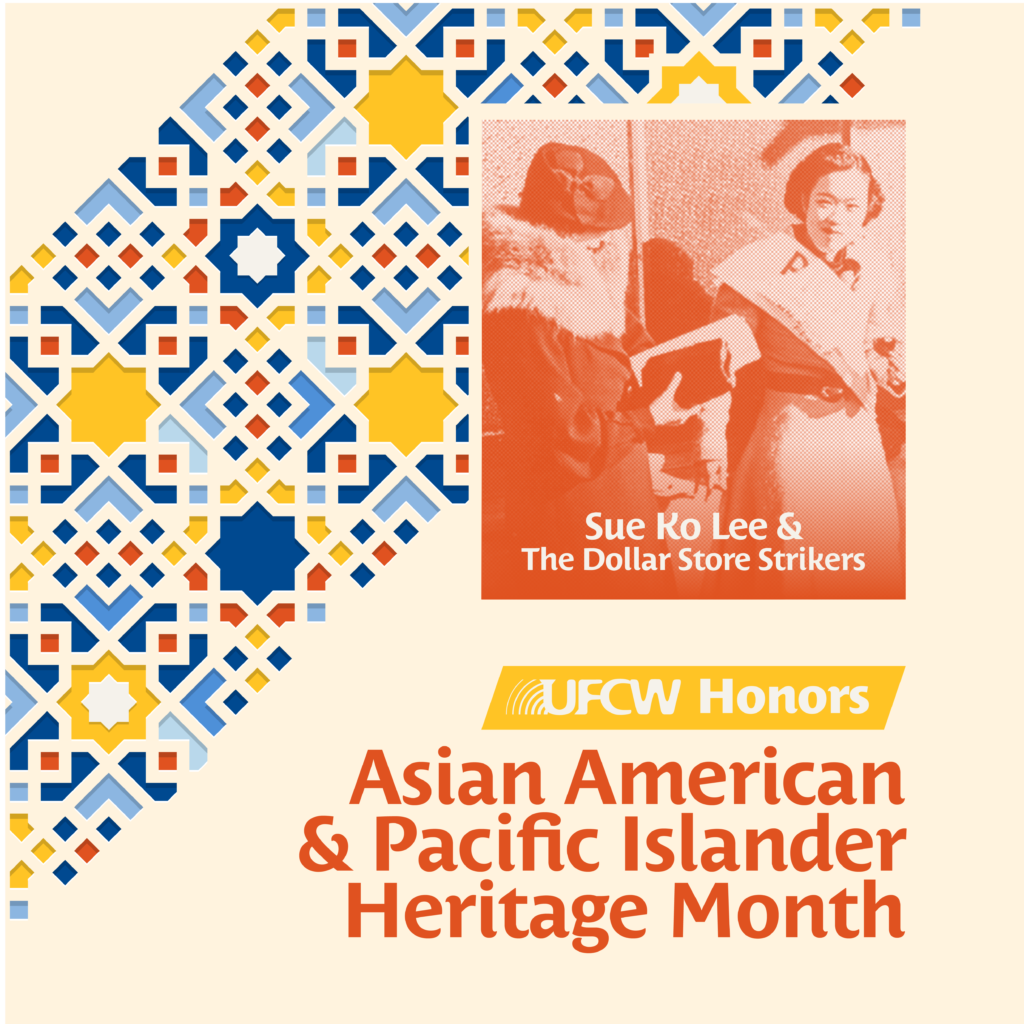
Sue Ko Lee and the Dollar Store Strikers
Sue Koe Lee was a Chinese American garment worker and labor organizer. Lee worked at the National Dollar Store garment factory in San Francisco, CA, in sweatshop conditions in the 1930s.
In the late 1930s, the International Ladies Garment Workers Union (ILGWU) began to organize Chinese women for the first time. Lee and her co-workers voted to join ILGWU leading to the formation of the Chinese Ladies’ Garment Workers’ Union Local 341. The owner of the National Dollar Store sold the company to a new company headed by the factory manager and a former employee in an attempt to get out of the contract and break the union.
Lee and her fellow workers organized a strike that would last more than three years – at the time it was the longest strike in the history of San Francisco’s Chinatown. The strike was successful and won the workers a new contract and improved salaries. Unfortunately, the recently unionized factory went out of business the following year and Lee went on to become a staff member of the local union.10

Jung Sai Garment Workers Strike, 1974
The Jung Sai strike of 135 workers, mainly women, took place in San Francisco’s Chinatown from the late 1960s to the early 1970s. The strikers were mainly Chinese immigrant workers who fought against harassment, intimidation, and low wages.
After over a year of striking, arrests, and court injunctions, the workers gained popular support and won a contract with improved salaries and benefits, inspiring immigrant labor activism across the country.11
Sources:
AFL-CIO
Amerasia Journal
Asian American Writers’ Workshop
Domestic Workers Alliance
History.com
The Nation
The Seattle Times
UCLA Asian American Studies Center
US National Park Service



